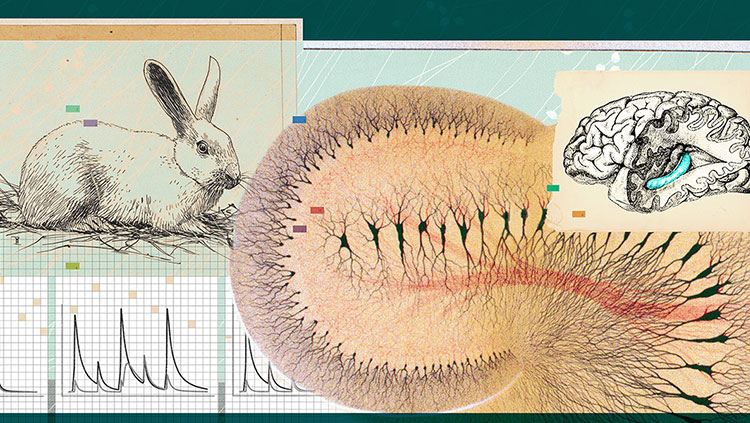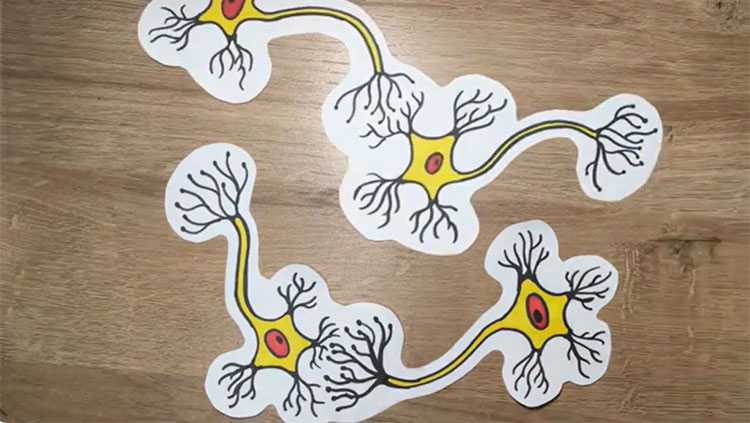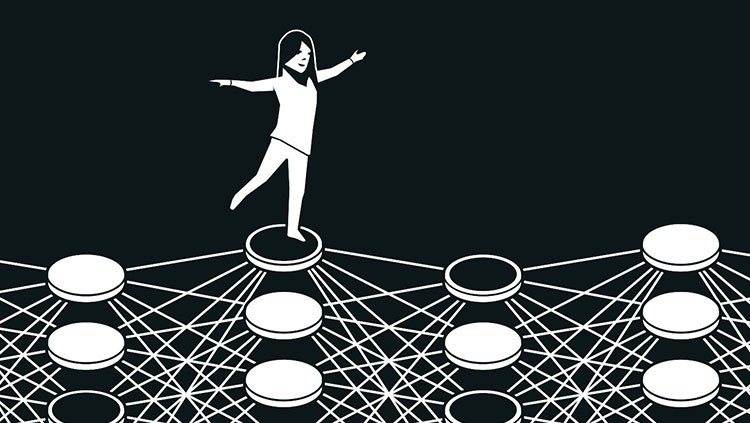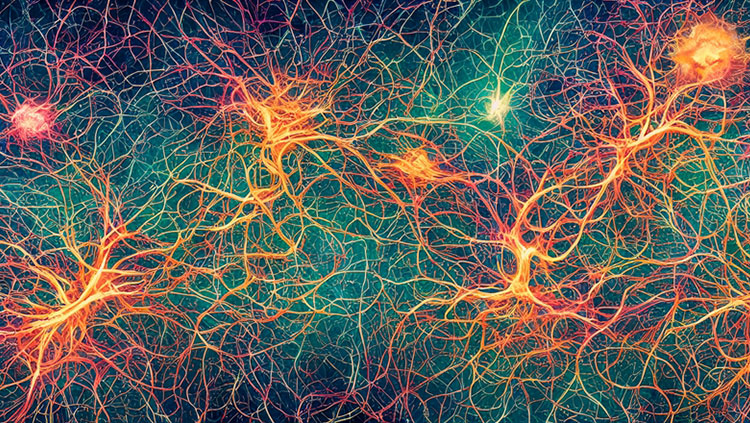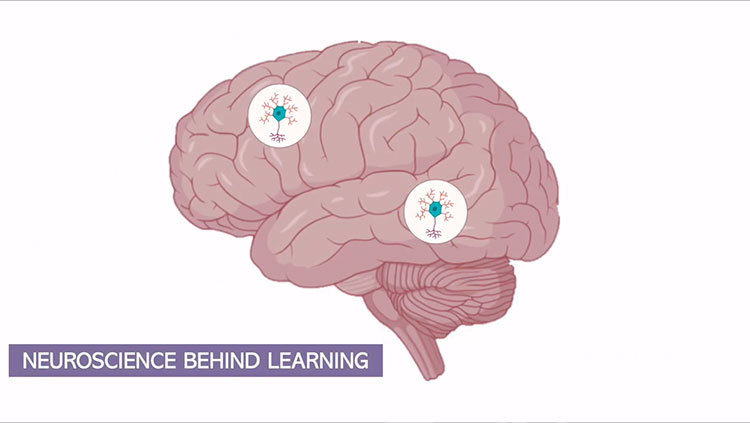A Mysterious Form of Long-Term Memory
- Published13 Jul 2018
- Reviewed13 Jul 2018
- Author Jessica P. Johnson
- Source BrainFacts/SfN
When we say two things are “apples and oranges,” we’re expressing how fundamentally different and incomparable they are. But damage to certain parts of the brain can actually impair someone’s ability to distinguish between apples and oranges — instead, all fruits may seem like one in the same. Learn more about these category-specific semantic impairments in this BrainFacts.org podcast.
Music by Josh Woodward, used under a creative commons license.
CONTENT PROVIDED BY
BrainFacts/SfN
Transcript
SfN: I’m Jessica Johnson for BrainFacts.org.
Imagine what it would be like to suddenly forget the difference between a cat and a dog, or a hammer and a wrench. Fortunately, such deficits are rare, typically only occurring in people with severe brain damage due to stroke or herpes infection. But studying what goes wrong in the brains of these people can help us understand how memory works.
I spoke with Lorraine Tyler, a professor of Cognitive Neuroscience and Head of the Centre for Speech, Language and the Brain at the University of Cambridge. Dr. Tyler described some of the current thinking on how a type of memory, called semantic memory, normally works and what happens when it doesn’t.
Lorraine Tyler: You might get a patient who, if they’re asked to draw animals or a duck or a cow or a giraffe or whatever, the animals look like animals, but if they’re meant to draw a tiger, they won’t put the stripes on. If they’re meant to draw a giraffe, they won’t put the long neck. So, they’ll leave out the distinctive information that differentiates one animal from another. And if you ask them to sort things, they look as though they can’t differentiate between similar objects.
SfN: The ability to recognize objects, including people, places, and things, is what’s called semantic memory. It’s one of our three types of long-term memory. People are probably most familiar with episodic memory, in which we remember events from our past, such as a birthday party with friends. Implicit memory is at work when we remember how to ride a bike or tie our shoes without thinking about it consciously. Semantic memory, on the other hand, is a little less obvious and wasn’t formally identified until 1972. When an individual loses the ability to distinguish between objects in a category of objects, such as living things, they lose some of their ability to make sense of their surroundings. Such deficits are called category-specific semantic impairments.
I asked Dr. Tyler to explain how our brains normally categorize objects and why this is an important function.
LT: There are lots and lots of different ways of categorizing things. So, for example, we might want to categorize things as things that can bite. And that would be useful because then you’d have a certain kind of response to that. Or things that you can drink out of. It really depends on what you’re trying to achieve. The remarkable thing about semantic memory is that we have this vast amount of knowledge, and this knowledge can be used in different ways to help us maneuver through the world. This is all part of an attempt to say that you don’t represent objects in one way in the brain.
I’m not saying everybody thinks this.
SfN: Because research on semantic memory is still relatively new, a multitude of theories have emerged to explain how semantic memories are categorized and stored by the brain.
LT: There’s a lot of debate about that. So, there are some people who focus on the animate-inanimate distinction. There are some people who make more fine-grained category differences, you know, like vehicles and tools and things like that. And then there’s the biological-nonbiological distinction.
SfN: But one thing that most researchers agree on is that semantic memories appear to be processed by at least two parts of the brain: the fusiform gyrus, located near the base of the brain, and the anterior portion of the middle temporal cortex, located in the part of the brain closest to our ears. People with category-specific semantic impairments nearly always have damage to the latter region.
LT: I think that maybe there’s only ever been one or two other reported cases of category specific semantic deficits where the damage has not been in that region.
SfN: Interestingly, the damage nearly always manifests as an inability to distinguish objects in the category of living things.
LT: So, they understand that animals are different from musical instruments or tools or whatever, but what they can’t do is differentiate between them. And we have a theory about this. And that’s because animals have lots of shared properties. If you take tools, for example, they have more distinctive properties, so they’re easier to differentiate.
SfN: Tyler suspects that the anterior middle temporal cortex helps us distinguish between highly similar objects because it is composed of a type of neuron that enables fine-grained discrimination of an object’s features.
Alzheimer’s disease or dementia can also cause deficits in semantic memory. These diseases may begin as category-specific deficits, such as those just described, but will eventually progress until the individual can’t identify the differences between the categories themselves. Because different regions of the brain are so interconnected, scientists believe that the study of rare deficits, like category-specific semantic impairments, may lead to a better understanding of disease progression in the brain as a whole and potentially lead to new treatments.
LT: I do think that, in general, it’s really important to understand systems. It’s really important to understand biology, you know, how your body works. I think you treat it better. And I think it’s the same with the brain. The brain is hugely complex, and I think understanding more about that complexity is much more useful for people.
SfN: Thanks for listening. Check out more information about long-term memory at BrainFacts.org.
Also In Learning & Memory
Trending
Popular articles on BrainFacts.org




